It said that it’s commonplace to urinate and poop as they float around Earth’s orbit, and engineers are always looking for more innovative, effective ways to store and dispose of waste.
The new toiler will embark on a journey to ISS tomorrow, September 29, aboard the Northrop Grumman Cygnus cargo capsule as part of a regular supply mission.

The toilet named Universal Waste Management System (UWMS) which 65% smaller and 40% lighter than the toilet currently in use on the space station, and also it could support much larger crews.
Melissa McKinley, NASA Advanced Exploration SYStems Logistics Reduction project manager explained during a press conference last week:
“The toilet was designed for exploration and it builds on previous spaceflight toilet design. The big key to the exploration piece of the design is looking to optimize mass volume and power usage, which are all very important components of spacecraft design,”.
The ‘advanced bathroom set’ will be installed adjacent to the current toilet in Node 3 of the space station, with Expedition 63 crewmates Chris Cassidy and Ivan Vagner commanding the orbiting lab’s Canadarm2 the robotic arm to capture the Cygnus spacecraft.

The toilet will be tested once it’s arrived by those aboard the ISS on how the toilet performs in the station where the environment is microgravity. Equipped with a 3D-printed titanium dual-fan separator – to help pull waste and urine down, in lieu of gravity – plus a urine funnel and seat to help female astronauts.
NASA astronaut, Peggy Whitson explained that while peeing in space is relatively straightforward but pooping is more difficult, often lumbered with a plate-sized hole. Some poop will inevitably float around if accuracy hasn’t been achieved or a malfunction has taken place.
It’s hoped that the UWMS will ‘bridge the gap between current lavatorial space technology and what humans will need to make extended visits to, say, Mars, in comfort’ or the moon.
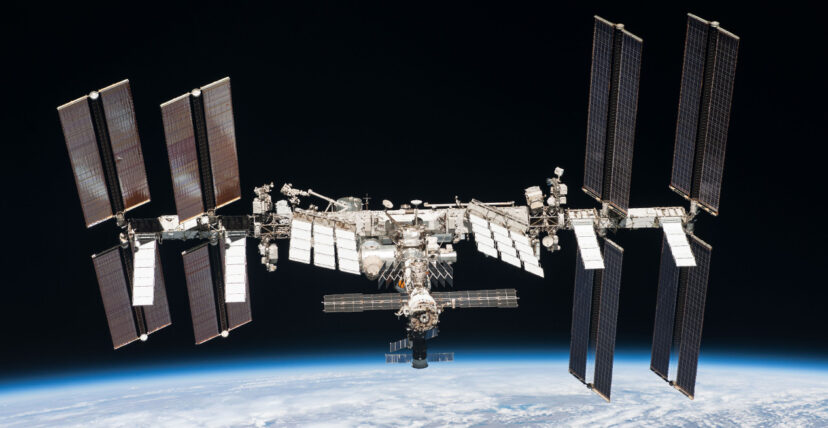
Jim Broyan, a deputy program manager for Environmental Control and Life Support Technology and Crew Health and Performance at NASA’s Johnson Space Center in Houston, said during a press conference in May this year, recycling waste is a prime objective.
“Our future goals are to stabilize and dry the metabolic waste to make it microbially inactive and possibly reuse that water, reduce the number of consumables for the potty because it does really accumulate on a long mission, and we’re also looking at, can we reuse some of the waste?” he added.
Source: Unilad

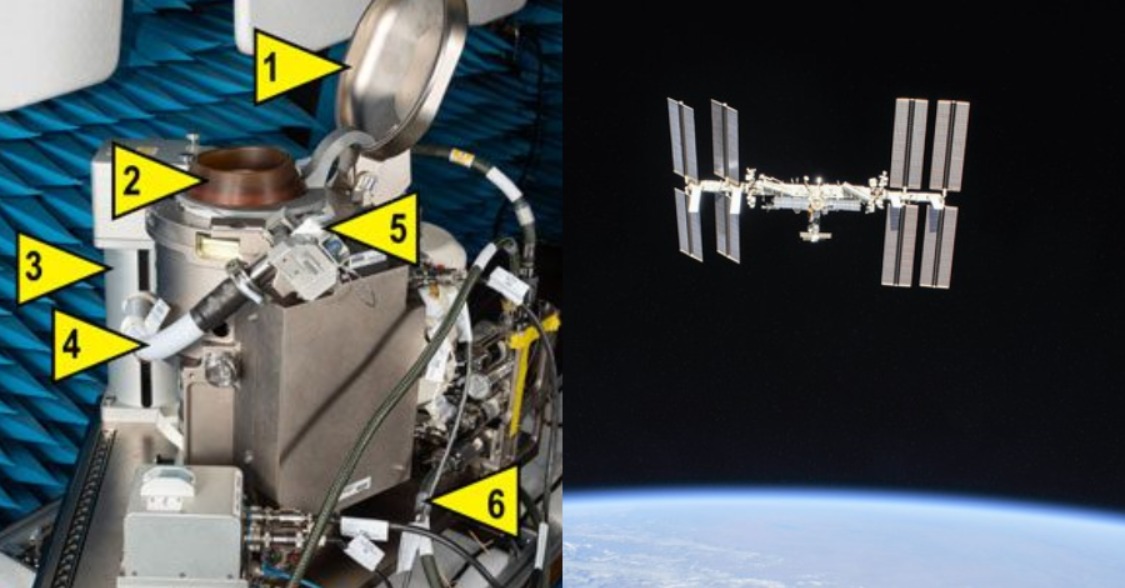


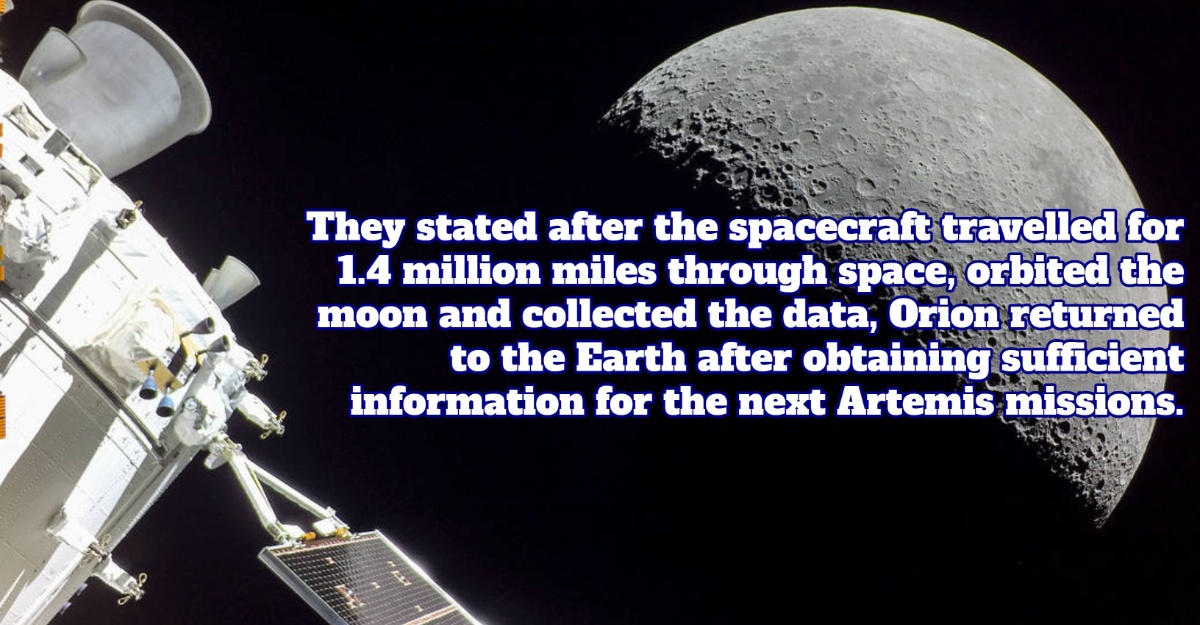
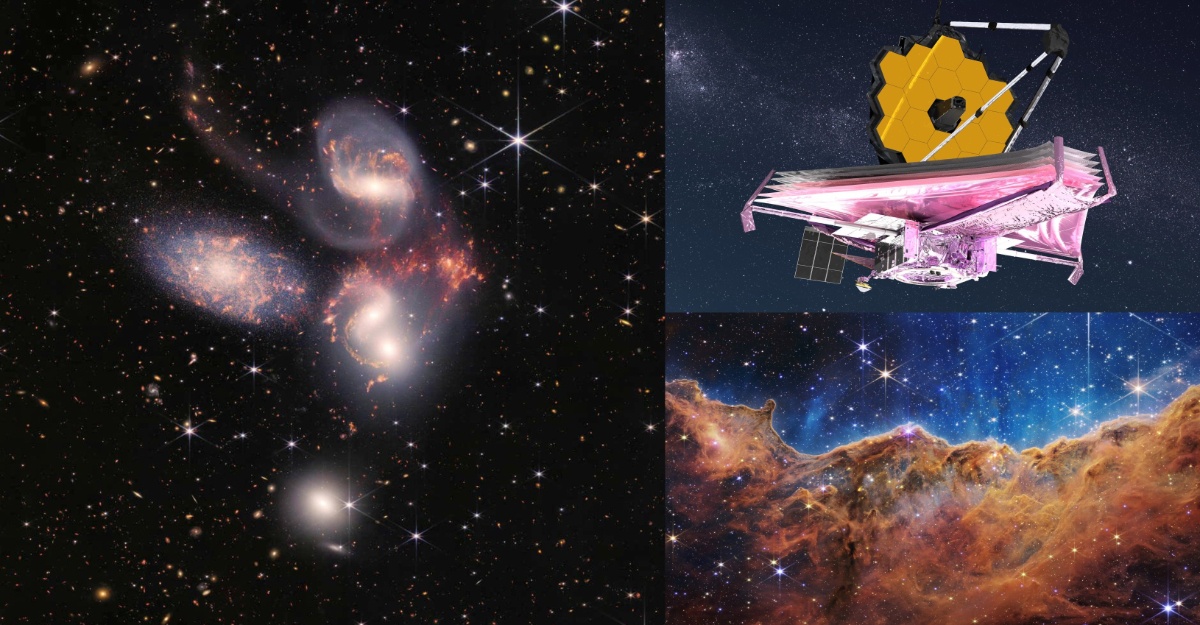
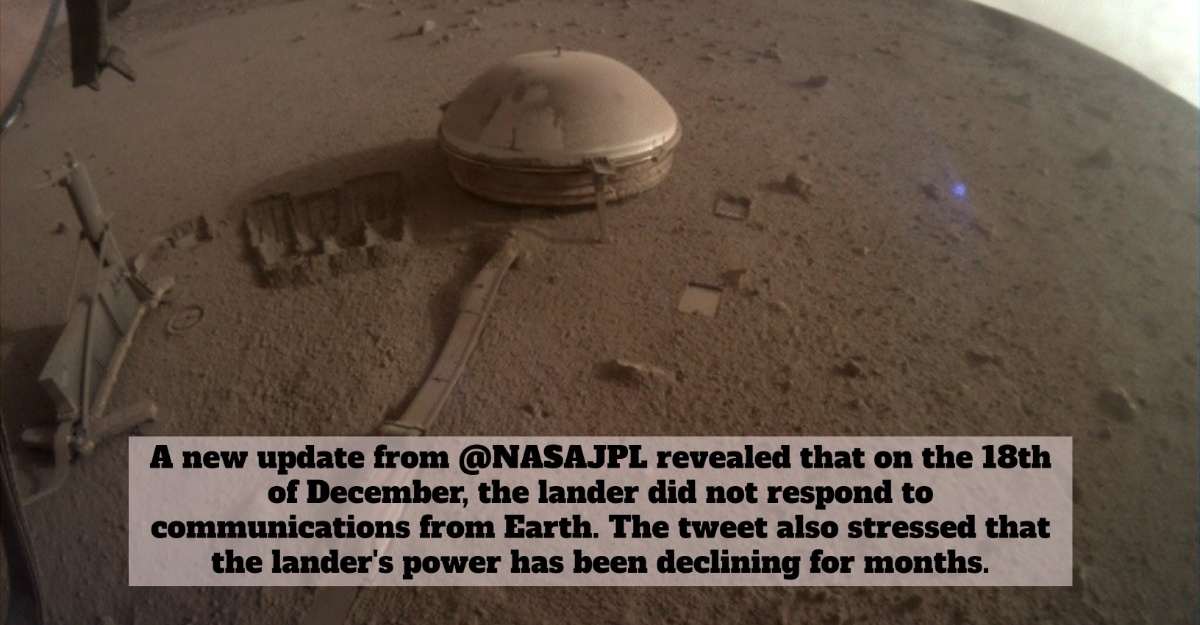

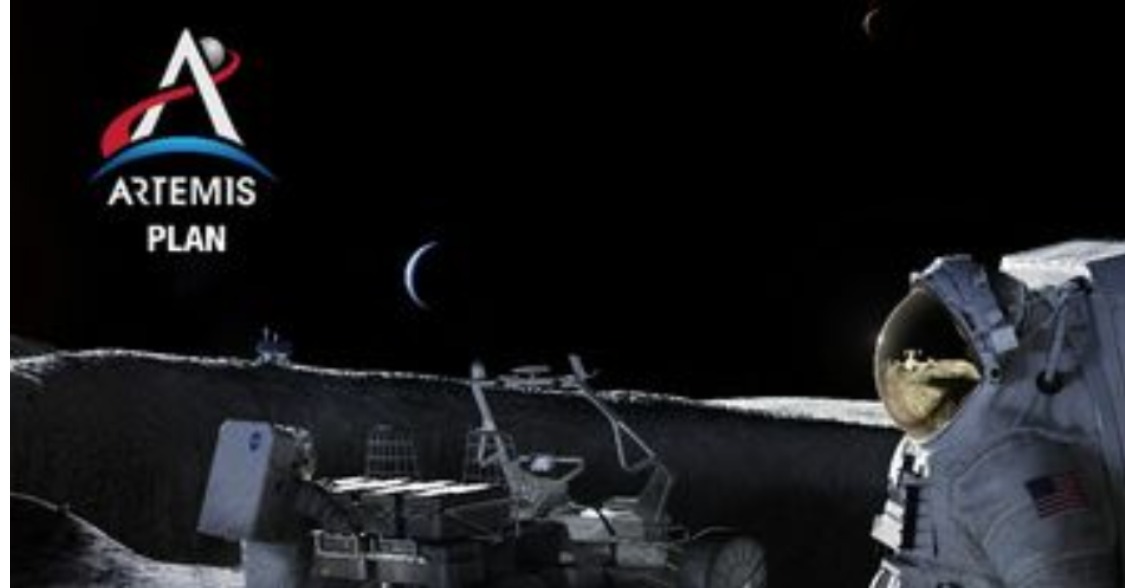
Leave a Comment